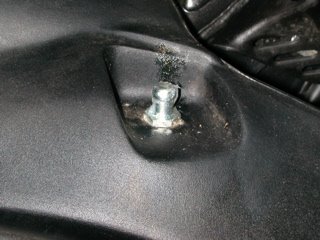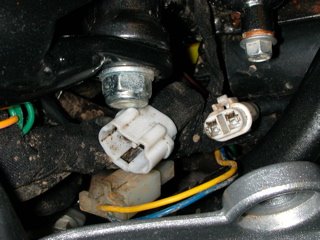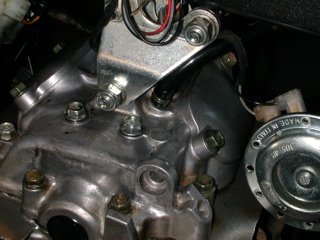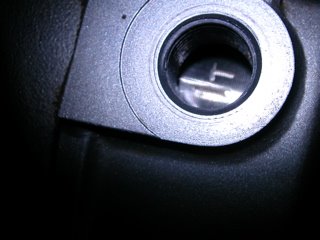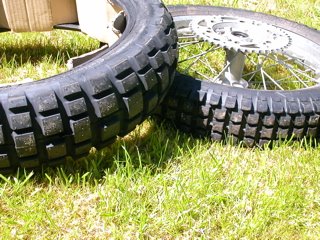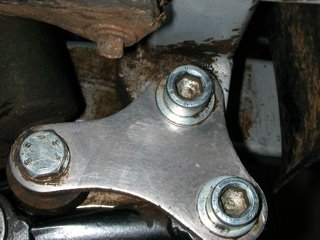I'd a belief that the steering bearings were very slightly loose as they had a subtle knock and the bars 'fell' very easily when the bike was on a stand. I also wondered if they had been greased at the factory, and from my experience with a
BMW F650 there is always the worry that the heat from the oil reservoir makes the grease run away.
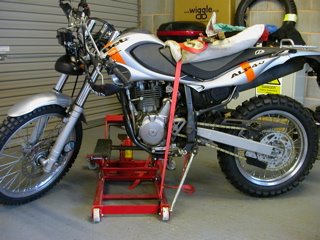
The handbook summarises the tightening procedure but I wanted to do more. I put the bike on a lift and held it in position with a ratchet strap. First was too loosen the triple clamp bolts (10mm WAF) and then undo the handlebar clamp bolts (6mm WAF Allen). The front instrument/lamp support must come off too. With the headlamp nacelle removed (10mm WAF) it's easy to get a socket on an extension to the 3 retaining bolts (8mm WAF). Try not to let things dangle on the wires, but that is easier said than done.
Then remove the rubber bung from the steering centre and with a 30mm WAF socket (ideally a 6 sided one) undo and remove the thin nut. Then with a length of softwood and a hammer it is easy to gently knock the upper triple clamp off the forks. Underneath is the adjuster nut. This nut was loose which suggests to me that the bearings were loose too. Remove the nut, protective cover and washer.
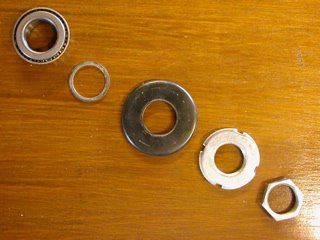
With the front wheel an inch off the ground gently tap the steering bar downwards with a hammer via a piece of softwood. This knocks the upper taper bearing off. Eventually the wheel will touch the floor, the lower bearing will be exposed and the upper bearing free. All the bits were pleasantly clean and lightly greased with no signs of damage to the bearing races. Everything can then be cleaned and regreased with a high melting point chassis grease.
Reassembly is the reverse process after cleaning everything and adding a dot of copper grease to everything; but two things to be aware of.
1. The triple clamp bolts shouldn't be tightened fully until you've bounced the folrks up and down a bit to align the fork tubs.
2. Tighten the adjustment nut until the bearings feel a little too tight. With the bars on the extra leverage usually makes the assembly swing more freely.
Check brakes, lights etc...
I was a bit disappointed that there aren't any protective seals or such in this assembly, but the upside of that is that they are off the shelf bearings and thus cheap to replace.



